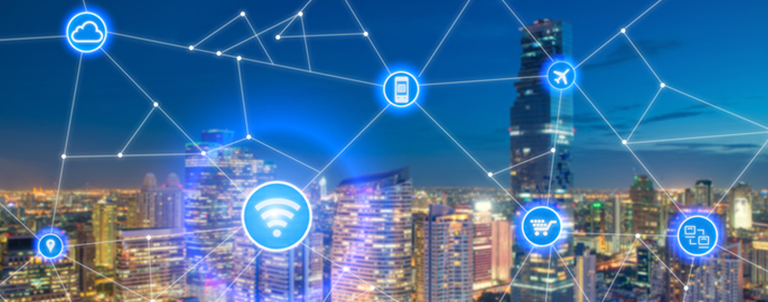Netflix, YouTube, Google and Facebook are just a few of the platforms where you may find yourself living on the edge. All these businesses use the newly emerging ‘edge’ data centres to push content more reliably to more customers.
What is an edge data centre?
The Edge data centre (EDC) is the latest in networked computer servers and remote storage, but it’s a different breed to the more common tier-2 data centre.
In simple terms, EDCs are physically closer to their end users, delivering better service in an online world where the kind of content users demand (like hi-definition streaming video) is becoming increasingly difficult to deliver with tier-2 data centre capabilities.
Thus, location is important in defining a centre as an EDC, as it brings content closer to the end user with a centre that extends the internet’s edge, connecting at least 50 percent of all broadband users in a metropolitan area with 75 per cent of their internet usage.
Do you need an EDC?
The aim of an EDC supplier is to give more space to their main customers so that they can have access to the data centre’s full potential. This is particularly useful to service providers looking for the best possible capacity, resilience and performance in areas where there is no high-speed internet connection.
Whether you need one depends on a couple of factors, such as how bandwidth-intensive your offering is, where your audience is based, and how important high reliability is to your business model. If your audience is primarily based in tier-1 metropolitan areas, you may not need to use EDC services. However, if you’re offering services like video streaming to a geographically dispersed customer base, you might want to consider pushing that edge.
What are the benefits?
The potential benefits of using an EDC are still emerging but should include better performance, increased reliability and lower costs.
Any content that is bandwidth-intensive – not just streaming services but also medical imaging or complex architectural and engineering drawings – can slow an entire local network. Having an EDC closer to its users, instead of a distant metropolitan location, removes that problem.
Another benefit is diminishing the effect of the failures that can cause an entire company to go offline. When organisations use a centralised data centre, the impact of that centre going offline can affect an entire global company – distributing the centres means that any downtime is localised.
Equally, distributing backups across several centres results in greater reliability. Organisations can relocate virtual processes off a failing server to another server in a remote facility, so that a bug in one device can be isolated and repaired without downtime to the whole company.
Although EDCs are still new, the future on the edge looks bright for larger organisations and end-users alike.






